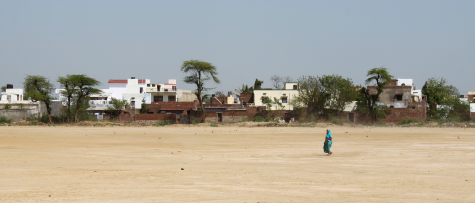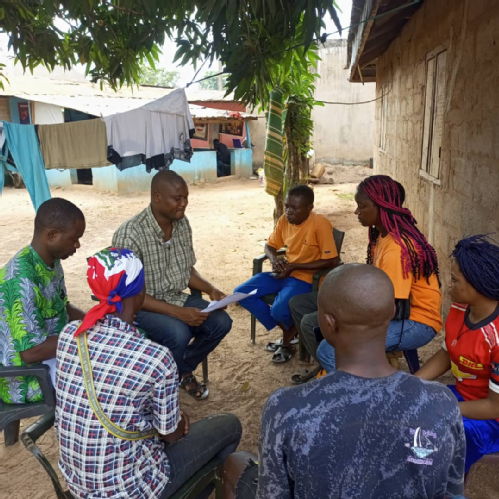Gender–smart, Climate–smart: An Analysis of double mainstreaming benefits to housing

'Elder woman walking in front of a dessert village' by Float (Source: Adobe Stock)
Blog Written by Hannah Jayne Robinson (Reall), Juanita Elias (University of Warwick) and Research assistance was provided by Mehru Shahid (University of Warwick)
“The transfer of academic knowledge into commercial and third sector contexts lies at the heart of the work of Innovate UK – the UK’s innovation agency. In this blog we discuss a project funded by Innovate UK that sought to further embed gender knowledge within a development organisation – the affordable housing charity Reall and discuss one of the key outputs of the project – a thought piece on the concept of the double mainstreaming of gender and climate in development work.”
Between April and July 2024, the University of Warwick and Reall worked together on an Innovate UK Accelerated Knowledge Transfer (AKT). During the AKT, a Warwick associate – Natalie Rothwell - was placed within Reall to help further their commitments to gender equality and better position them within an ever more competitive market for gender -oriented development funding. Reall are an innovator and investor in climate-smart affordable homes in urban Africa and Asia, and have improved the lives of 3,000,000 people, created over 200,000 jobs, brought clean water to 500,000 people, and sustainable sanitation to over 1,000,000 people. Their vision is to deliver housing markets that work for people, prosperity and the planet, to drive sustainable urbanisation.
The AKT brought together experts on gender and housing to understand how gender affects access to, and usage of housing. The first two knowledge outputs were a blog on the need for women’s inclusion within Reall’s core mission of providing green affordable housing, and a toolkit that explored potential pathways for including gender in policies and programming. The final knowledge output,discussed in more detail below, was a thought piece that explored the need to not only include gender in affordable housing design and delivery, but also highlighted the intersections between gender and climate change. That is, how affordable housing needs to be climate-smart and gender sensitive and the mutually reinforcing nature of these twin commitments.
The authors of the thought piece consider this dynamic in relation to the concept of the ‘double mainstreaming’ - the simultaneous integration of climate and gender into policies and programs. The article investigates how both gender and climate impact affordable housing, analysing the resulting health, economic, and social impacts that gender and climate have on an individual’s access to, and usage of, affordable housing. It highlights the heightened health risks faced by those who rely on polluted water sources or cook with traditional stoves that emit toxic fumes, tasks often undertaken by women. The economic impacts discussed include unequal access to credit, ownership rights, and prioritisation of energy efficiency. Social impacts are explored in relation to the need for supportive and inclusive neighbourhoods that increase social wellbeing.
Furthermore, the article seeks to bring this more conceptual discussion to life by highlighted existing examples within Reall’s work that demonstrate historical links to double mainstreaming. These projects explored commitments to the curation and fostering of community in Pakistan, ensuring economic stability in Mozambique, and prioritisation of women’s voices in Kenya. These examples were highlighted to display initial connections to the cross-cutting themes of gender and climate, and create case studies of best practise.
Reall and Warwick are currently seeking opportunities to further the development of this work, and further explore how gender and climate affect how housing markets work for people, prosperity and the planet. To read more about how Reall have developed their thinking around the concept of double mainstreaming – see recently published article “Gender-smart, Climate-smart: The ‘double mainstreaming’ of gender and climate within affordable housing in low-income contexts” available on the Reall website here.
Authors Bio
Hannah Jayne Robinson is Monitoring, Research and Evidence Co-ordinator at Reall. Juanita Elias is Professor in International Political Economy at the University of Warwick. Research assistance was provided by Mehru Shahid, a graduate of Politics and Sociology at the University of Warwick.
 Mouzayian Khalil
Mouzayian Khalil

 Please wait - comments are loading
Please wait - comments are loading


 Loading…
Loading…